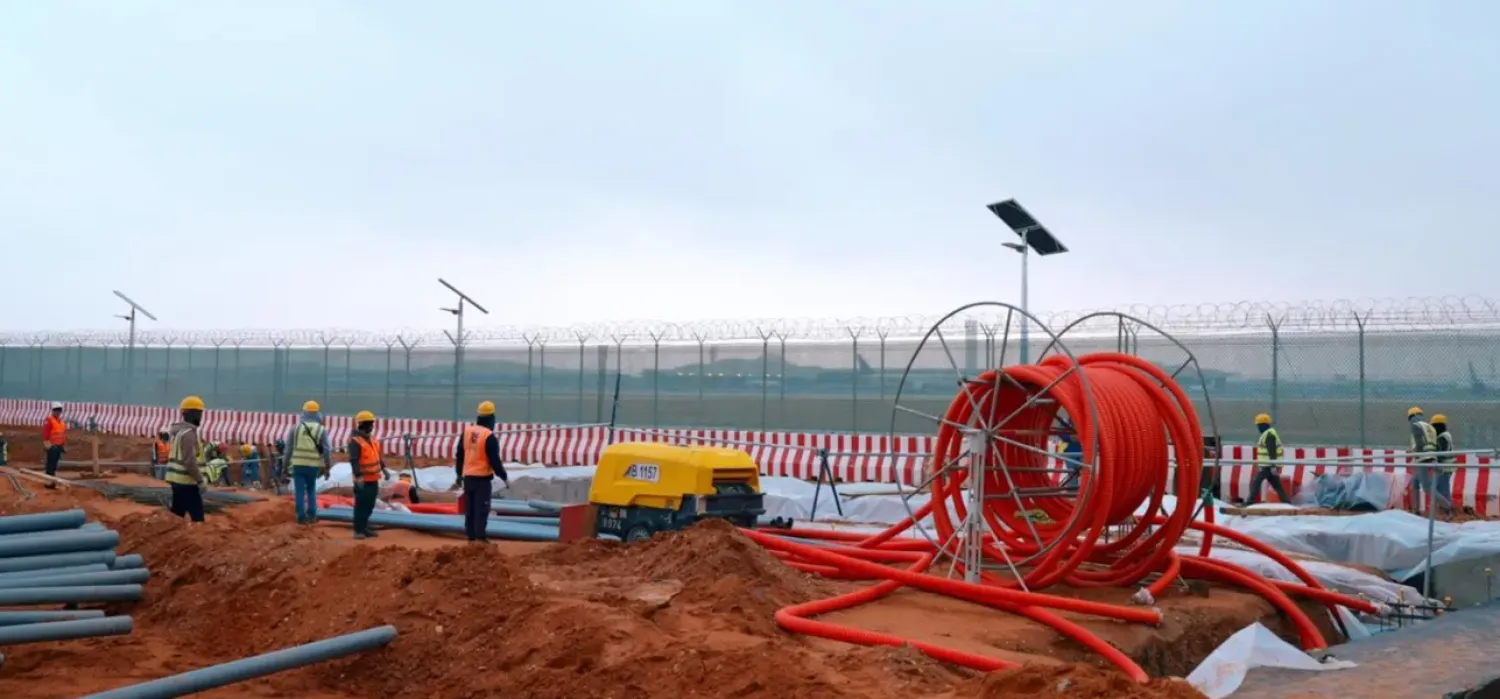Efforts are underway to identify the challenges related to obtaining construction permits for commercial buildings in Saudi Arabia.
Proposed solutions are being developed and shared with the Ministry of Municipal, Rural Affairs, and Housing, in anticipation of presenting the final plan at the periodic meeting of the Executive Committee for Improving the Performance of Private Sector Businesses (Tayseer).
The Federation of Saudi Chambers has urged the private sector, business leaders, and engineering offices to participate in a survey designed to document all observations and opinions on the matter.
This initiative aims to address the obstacles facing the sector during the upcoming period.
In the study, which Asharq Al-Awsat reviewed a copy of, the Federation asked participants to identify challenges that business owners face when obtaining construction permits for commercial buildings.
It also inquired about the government entity responsible for the issue.
The Federation is committed to identifying the challenges that the private sector faces in relation to government procedures, regulations, and legislation on an ongoing basis. Its goal is to remove all obstacles that hinder the expansion of companies and institutions in line with the government's current aspirations.
The Federation plays a pivotal role in enhancing the business environment of Saudi Arabia and surmounting challenges confronting the Kingdom's private sector. It endeavors to invigorate and foster economic sectors through its diverse departments and administrations.
The Federation also contributes to the study of regulations, the development of support programs, and provides support to government agencies in the formulation of various related regulations and decisions.
In 2021, the Saudi government was able to address 62.5% of the challenges facing the private sector in regulations and legislation.
Looking to improve the private sector’s business environment, the Tayseer committee participated in 45 meetings and 12 workshops with the private sector during 2021.
The committee was able to identify over 1,200 challenges facing companies and institutions.
Currently, 37.5% of these challenges are still under study.









